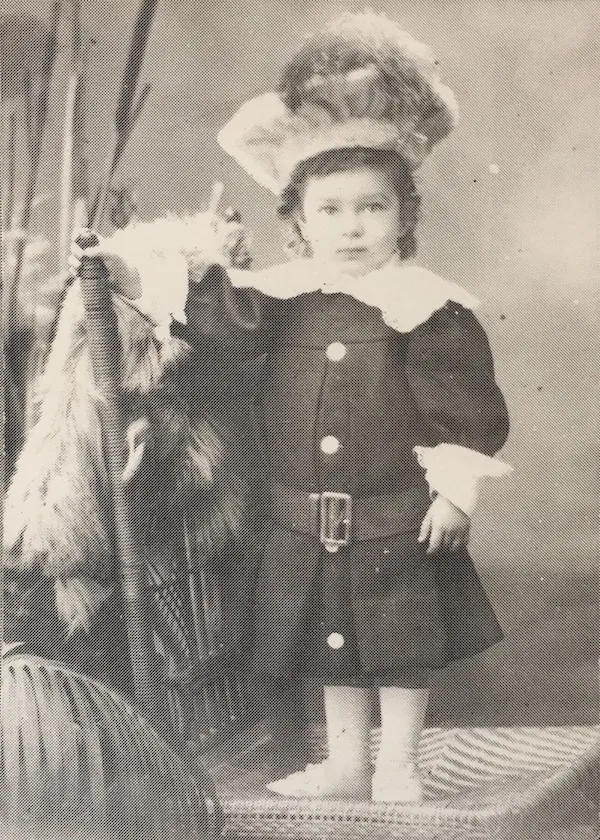No Edwardian woman of taste and fashion was complete without an ostrich feather fan, boa, trimmed hat or edged cape. As the demand for ostrich feathers grew, many ostrich farms were established throughout NSW and workers developed the special skills required to dye, dress and curl the feathers. For over 20 years the Milton district had a thriving ostrich feather farm near Pigeon House Mountain, attracting premier feather dresser May Kiely to come and work there in the early 1900s.
On 21 March 2016, Margaret Hamon and Barrie Wilford met with Mrs Joy McCormack at her home in Tabourie Lake. Mrs McCormack is a delightful ninety-eight year old lady and the daughter of the talented feather dresser, May Kiely, who worked for Ben Hulbert at his ostrich farm, “The Ridge”, on Woodburn Road.
May Kiely’s parents (Michael and Sarah Kiely) had migrated from Ireland and lived in Campbell Street Sydney. The family lived in a two story terrace house. Two sons were born and then some years later in 1882 their only daughter, May was born. Joy McCormack believes that her mother may have attended the Cleveland Street Public School when they lived at Campbell Street.
Both parents died when May was very young. She was then cared for by one of her older brothers and his wife. This brother was curator of the South Head Cemetery. They lived on South Head and while living there she walked to over the hill to Double Bay Public School. May and her friends were enjoyed playing on the high platform at South Head Lighthouse. On one occasion she found herself in trouble for picking wildflowers which grew prolifically in the area. At around fifteen years of age May left school and sought employment.
May’s brothers eventually left Sydney to join the gold rush in Western Australia.
The South Head area was mostly sparsely settled rural land in the mid-1890s. There were Chinese market gardens, and also an ostrich Farm owned by Mr Joseph Barracluff. May was able to gain employment at Mr Barracluff’s farm where she learned the skills of feather dressing. The plucked ostrich feathers were washed, dyed and curled. Joy explained that the curling was done in a similar technique to that used in curling a ribbon for a present. The feathers were then made up into feather boas, fans and hand muffs. These were fashion items at the time. The dressed ostrich feathers were also used as decorations on military regalia, worn on ceremonial hats and helmets. Other dressed feathers were sent to European fashion centres such as Paris.

May made a feather boa and a feather fan which she sent to Queen Victoria. She received a letter of thanks which she treasured and kept in her handbag with some diamond rings. Unfortunately her bag was later stolen and her precious letter was lost forever.
Ben Hulbert also needed a feather dresser. He must have heard of May’s skill and somehow persuaded her to leave home and come to live and work at “The Ridge” on Woodburn Road. It is possible that she may have also assisted Ben Hulbert in placing the covers on the billiard tables he built at the property. It is not known exactly how long she worked with Ben Hulbert, but at the age of twenty-one she was able to receive a sizeable inheritance. This was not long before Ben’s local business interests came to an end in any case.
May returned to Sydney and lived at Paddington. She was a gifted singer and also showed skill as an artist. While standing behind a piano singing one evening she glimpsed a handsome man dressed in a smart white suit. Joseph Kreckler would later become her husband in 1904.

Joseph’s family had come from Germany and were involved in the wine business. Joseph’s parents had one son (Joseph) and seven daughters. Joseph became involved in the wine business in Daylesford, Tamworth, Maitland and Sydney before becoming involved in fish marketing. At the time he and May met, he was working on a passenger ship. Joy thinks it may have been the “S.S. Maranoa”, and that he was possibly employed as a purser, hence that smart white suit.
After their marriage at Forest Lodge, the couple decided to go to live in Los Angles. En route they stopped at New Zealand. Their luggage was lost and they then lived in New Zealand until 1921, where their family was born. When they returned to Australia Joseph returned to his work in fish marketing. The family made their home in Paddington. May worked as a ladies’ companion to various wealthy ladies. She read to Lady Fairfax at Bellevue Hill and was befriended by another wealthy family at Camden.
May attended several church services each Sunday, often in a number of different denominations on the same day.
During her life, May was gravely ill on three different occasions and recovered. She boasted that:
”You couldn’t kill Kiely with an axe!”
Nevertheless, May passed away at the age of 83 years at Parramatta in 1966. Joseph died two years earlier at the age of 80 years.
During the interview, Mrs McCormack said that ostriches did sometimes become alarmed and flee. The story reported in the Goulburn Herald about an ostrich escaping and being hunted down by men, children and dogs, crashing through fences and collapsing near the tram line at Rose Bay may well be true. The only question was the date of the “occurrence” – 1st of April!
Mrs McCormack said that the way used to catch an ostrich for feather plucking or for any other reason, was to throw a bag over its head.
Notes:
Queen Victoria was the British queen when May sent the boa and fan, not Queen Mary, as Joy told us.
Marriage and death years have been checked on NSW BDM Website, and also the names of May’s parents.
May’s birth is registered as Amy May J. Kiely.
There is a Barracluff Avenue between Bellevue Hill and Bondi. Barracluff Park is at North Bondi.
South Head General Cemetery is at Vaucluse, a few kilometres to the North.
Cleveland Public School now operates as Cleveland Street Intensive English High School and is on the Corner of Cleveland Street and Chambers Street, Surrey Hills.
by Margaret Harmon and Barrie Wilford
